I am a haunted house lover, first and foremost, so I was genuinely thrilled to get an advanced reader copy (my first!) of this book on Netgallery. The epigraph is a Shirley Jackson quote, so I went into it with egregiously high expectations. I didn’t know how much I needed a comprehensive, non-fiction book about haunted houses.
American Houses
I appreciated the emphasis and background on the home as a signifier of agency, of wealth, and how the home has been formed and reformed over the years — it acts as bedrock for the rest of the book; you have to understand why the haunted house is different from the haunted, say, store.Historically, the home as it stands within the ‘American dream’ has not been accessible for those who were not white men, and further, as Taylor discusses, the home, for women, could be something to escape from rather than a safe place.
“The haunted house endures because out of all the areas where horror may play out, the home is the one closest to us.”
I wrote about this idea before, the inversion of a safe, intimate place being such a staple in horror because of its inherent familiarity but Taylor touches on this with more depth, bringing up how we speak of people we love as home; that is how entwined we are with the notion of home, which is part of the reason why haunted houses are such an enduring concept in literature and all forms of media.
Brutal Houses
The first part explores the architecture of houses and buildings, touching on decaying brutalist buildings as a signifier of a lost future, the failed project’s and the buildings that housed them. I adored how Taylor brings in seemingly unconnected subjects and manages to make strong cases on how they’re connected to the idea of a haunted house. This section connects brutalist architecture with wider sociological implications and the notion that haunted houses can be haunted by their failings.
Witch Houses
In this section, Taylor writes about the relationship between houses and the women who live in them, and how women who live outside of the confines of society, whatever it may be, are deemed witches, and their houses deemed witch houses, that “serve a different purpose beyond housekeeping and homemaking.”
Again, I’ll reiterate how much I love that Taylor’s perspective is not confined to rigid notions of haunted houses — she pries open the concept and, especially in this section, looks into the symbiotic relationship between houses and the women that live in them, and that witch houses are ‘frightening’ because “a witch home is made for the witch. It serves only the witch and her needs and her desires, and she does whatever she wants inside of it. Whether we like it or not.”
Mad Houses
This section is mostly Taylor defending Sarah Winchester, as she should. In short: Sarah Winchester, widow and heir to the Winchester repeating rifle fortune, spent many years building a seemingly nonsensical house deemed the Winchester Mystery House.
This is where the architecture of dread takes centre stage in that Taylor discusses how the very architecture of the house inspired dread, of course, but as well persevering rumours of Sarah’s madness. The house had dead end hallways and doors that opened to nowhere, creating this sense of inherent wrongness — both for the house and for the woman who built it. But Taylor makes a case that just because Sarah Winchester may have built a mad house but it doesn’t mean she herself was mad — Taylor doesn’t state why she built the house (who’s to say), only that it’s certainly worth looking past the supposedly mad woman and her mad house and regarding her as a woman, separate from her house, who perhaps, quite simply, just liked to build.
Little Houses
Little Houses touches on what is one of my favourite books and shows, Sharp Objects, and explores “the many ways they [emotions, fears, etc] can represent human states of being” making the dollhouse as body/self has [a] common contrivance, for better or for worse.”
The dollhouse in Sharp Objects is a integral part of the story, but without spoiling it, one of the characters, Amma, has an exact replica of her mother, Adora’s, house, and as Taylor discusses, “Amma’s dominion is her dollhouse, an exact replica of Adora’s, and she excerpts just as much exacting control over it.”
Taylor writes about how dollhouses can be a tool for children —or adults, see Hereditary— can control, mimic, or subvert what is happening in their houses. The haunted house is not relegated to a full size house, but goes beyond physical size and can just as well be included in the architecture of dread.
Forever Houses
Another section in which Taylor goes beyond the traditional notion of a haunted house, exploring doomsday bunkers as a reflection of modern fears and a signifier of wealth, and the cases, real or otherwise, of people being raised in captivity, in a single space, and how spaces are intimately connected to our sense of self and our sense of the world.
My House
In the final section, Taylor’s own ‘collected houses’ and personal history of the houses she’s lived in (one perhaps haunted!) I thought tied the book together wonderfully.
Final thoughts
It’s not an overly wordy, difficult to read book, and I love it for that, because it still has fascinating concepts and ideas that are laid out clearly and concisely. Taylor manages to talk about a multitude of different subjects within subjects but it never gets too convoluted, because they're all tied back into the core of the book — ‘haunted’ houses and the architecture of dread.
As far as the writing goes, the sometimes casual way Taylor writes could have thrown off the more academic tone of the book but it didn’t; at one point Taylor offhandedly calls Ted Kaczynski a diva, and I giggled. But then it gets right back to examining his cabin as an extension of himself, and how houses can hold onto their past.
I would have liked a dedicated section on The Haunting of Hill House, and there was one part in which she talks about Piranesi that felt a bit underdeveloped, but I digress, I absolutely loved this book.
Taylor takes the seemingly simple concept of a haunted house and dissects, expands, and analyzes both the house and the people who live in them.
I never rave this much about books unless they’re deserving of it, and yes, this book is entirely deserving. It comes out on February 11th this year, and if you’re interested in: haunted houses, their place within horror and the function they serve, or the architecture of dread, I would highly recommend this one.

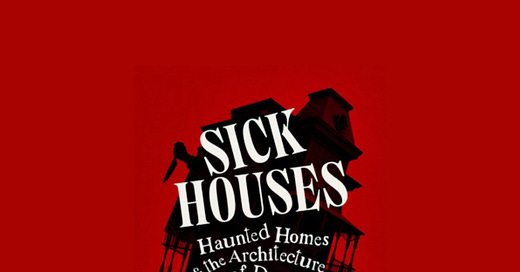


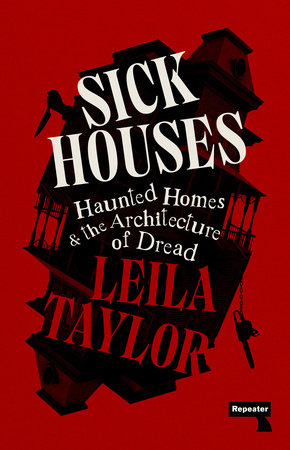
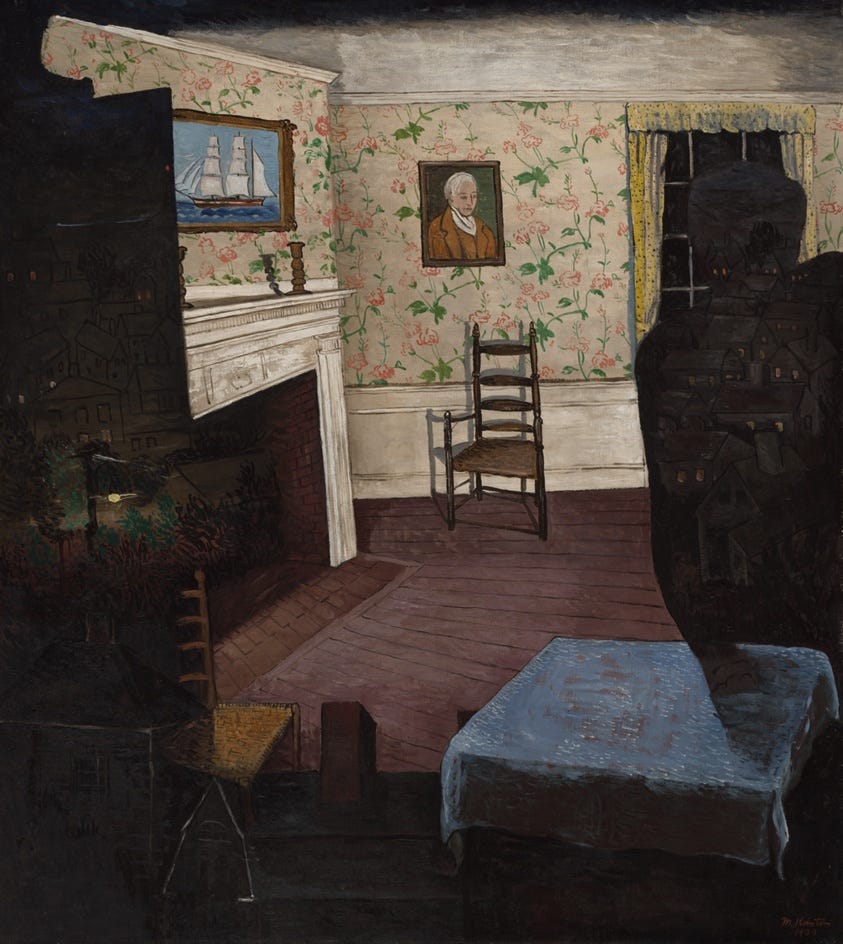
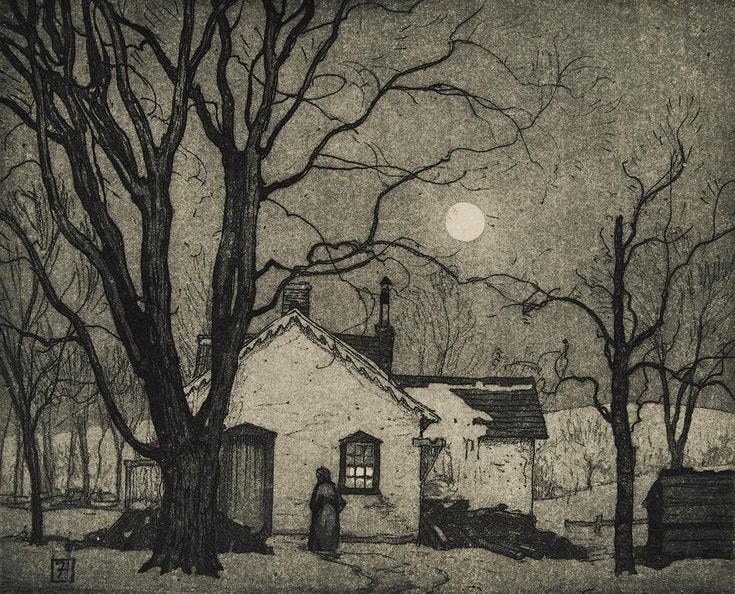
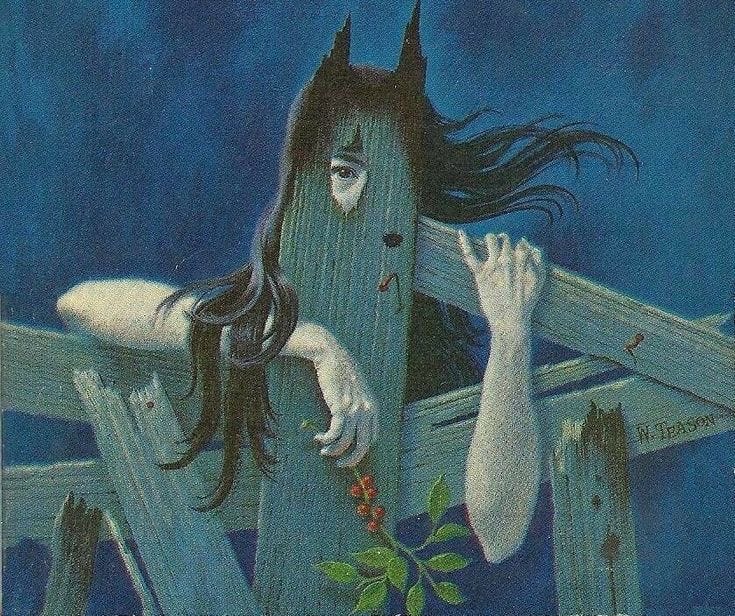
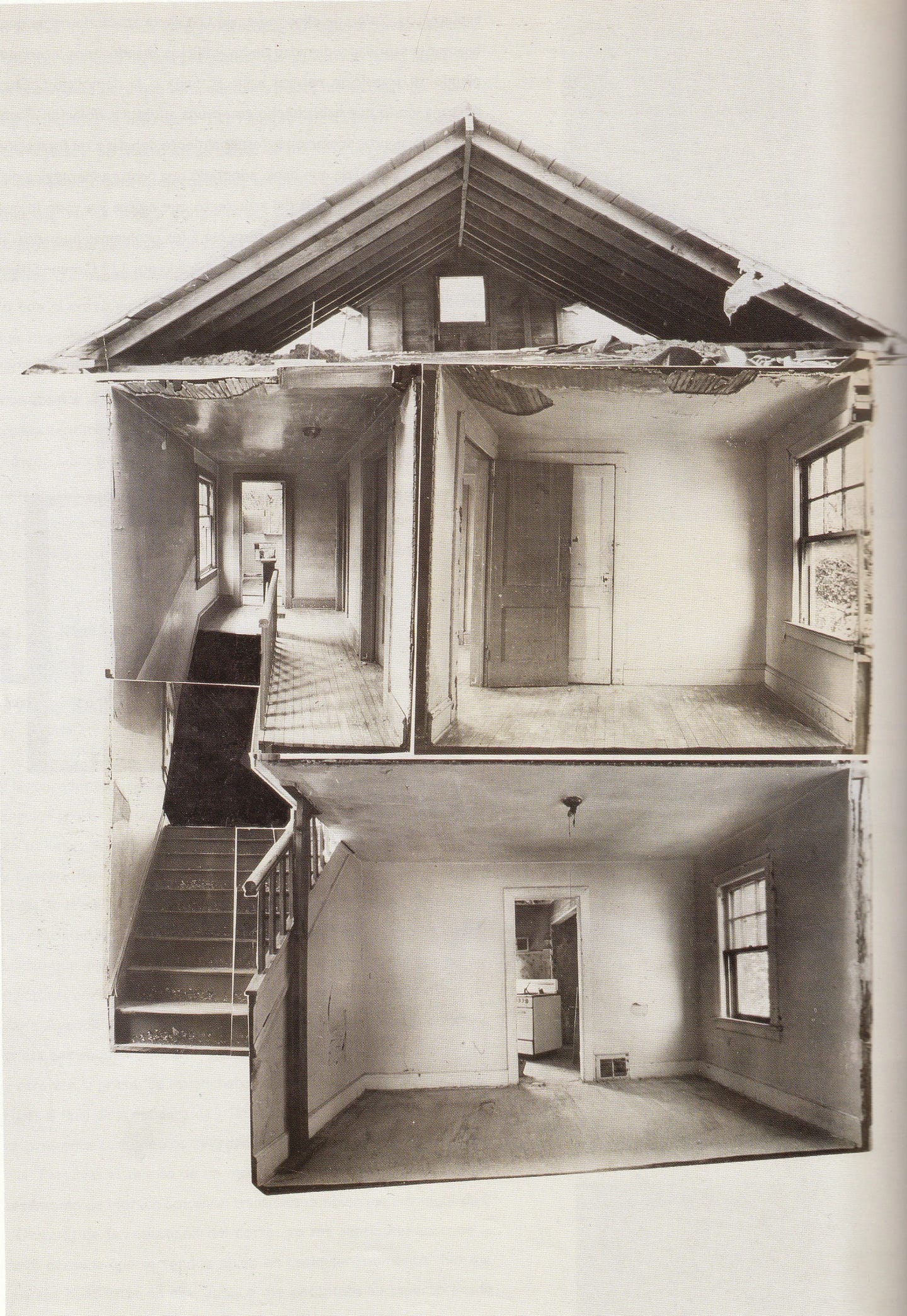
!!!! Hannah has joined the elite ranks of ARC writers! and with such an on-brand book too, I love this for you 💛💛
omg this book is a need not a want